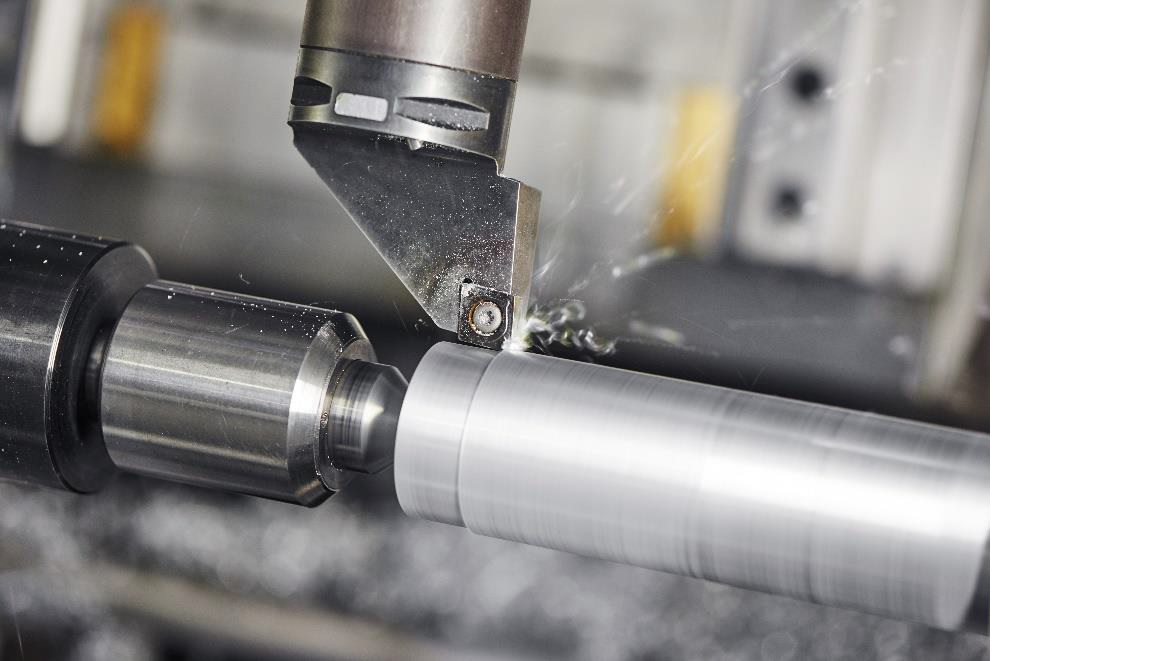The technique difficulty in processing stainless steel parts and their solution
As is well known, the machinability of stainless steel is worse than that of medium-carbon steel. With the development of the equipment manufacturing industry, stainless steel fasteners are increasingly used in various fields. The processing and manufacturing technology of stainless steel fasteners have gradually matured, and companies need to choose the right cutting tool materials and cutting parameters according to their actual needs when machining stainless steel to achieve the best cost-effectiveness.
Selection of Cutting Tool Materials:
The cutting tools for machining stainless steel fasteners should be selected wisely. Due to the cutting characteristics of stainless steel fasteners, the cutting tools should have good heat resistance, wear resistance, and minimal affinity with stainless steel. Currently, high-speed steel tools are not commonly used in machining stainless steel fasteners. Instead, tools made of hard alloy materials are often used. YG class hard alloy materials, in particular, are a popular choice for machining stainless steel fasteners. YG class hard alloys have good toughness, allowing for a larger rake angle, sharper cutting edges, and efficient chip removal, making them suitable for machining stainless steel fasteners. This is especially important in situations involving vibration, rough turning, and interrupted cutting. Additionally, YG class hard alloys have nearly twice the thermal conductivity of high-speed steel and one time that of YT class alloys, making them more widely used in stainless steel fastener cutting, especially in rough turning, cutting-off, hole expansion drilling, and other machining processes. For a long time, common grades of hard alloys such as YG6, YG8N, and YW2 have been used as tool materials for stainless steel fasteners, but they often fail to achieve a smooth surface. Using new grades of hard alloys, such as 813, 767, 640, 798, YM051, YM10, YS2T, YD15, and FK235, can yield better results when cutting stainless steel fasteners.
Selection of Cutting Tool Parameters:
In addition to selecting suitable cutting tool materials for machining stainless steel fasteners, it's essential to choose appropriate cutting tool geometrical parameters. Rake Angle (γo): Stainless steel fasteners are not very hard or strong, but they have good ductility, toughness, and high heat resistance. Chips are not easily separated during cutting. Therefore, while ensuring that the cutting tool has sufficient strength, a larger rake angle should be used. This not only reduces plastic deformation of the material being cut but also lowers cutting forces and temperatures, while reducing the depth of the hardened layer. For turning various stainless steel fasteners, the rake angle generally ranges from 12° to 30°. For martensitic stainless steel fasteners (e.g., 20Cr13), a larger rake angle can be used, while for austenitic and austenitic-ferritic stainless steel fasteners, a smaller rake angle is more appropriate. For stainless steel fasteners that have not been heat-treated or have lower hardness after heat treatment, a larger rake angle can be beneficial. Smaller diameter or thin-walled components are better suited to a larger rake angle.
Selection of Cutting Parameters:
Cutting parameters have a significant impact on work hardening, cutting forces, cutting heat, and tool durability when machining stainless steel fasteners, and they particularly affect tool life. The choice of cutting parameters significantly affects cutting performance. The table below lists the cutting parameter selection for thread turning, drilling, hole expansion, and reaming when using high-speed steel cutting tools in the machining of stainless steel fasteners.
Table 1: Cutting Parameter Selection for Thread Turning, Drilling, Hole Expansion, and Reaming

 English
English  Español
Español  Português
Português  русский
русский  Français
Français  日本語
日本語  Deutsch
Deutsch  tiếng Việt
tiếng Việt  Italiano
Italiano  Nederlands
Nederlands  ภาษาไทย
ภาษาไทย  Polski
Polski  한국어
한국어  Svenska
Svenska  magyar
magyar  Malay
Malay  বাংলা ভাষার
বাংলা ভাষার  Dansk
Dansk  Suomi
Suomi  हिन्दी
हिन्दी  Pilipino
Pilipino  Türkçe
Türkçe  Gaeilge
Gaeilge  العربية
العربية  Indonesia
Indonesia  Norsk
Norsk  تمل
تمل  český
český  ελληνικά
ελληνικά  український
український  Javanese
Javanese  فارسی
فارسی  தமிழ்
தமிழ்  తెలుగు
తెలుగు  नेपाली
नेपाली  Burmese
Burmese  български
български  ລາວ
ລາວ  Latine
Latine  Қазақша
Қазақша  Euskal
Euskal  Azərbaycan
Azərbaycan  Slovenský jazyk
Slovenský jazyk  Македонски
Македонски  Lietuvos
Lietuvos  Eesti Keel
Eesti Keel  Română
Română  Slovenski
Slovenski  मराठी
मराठी  Srpski језик
Srpski језик 


